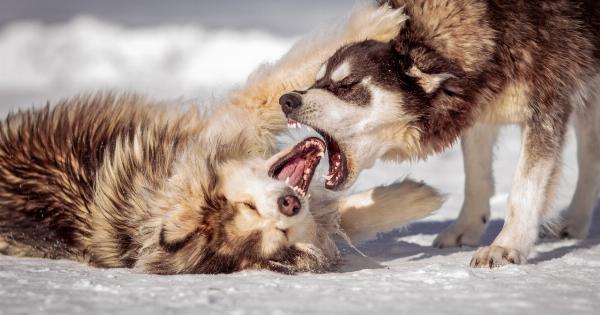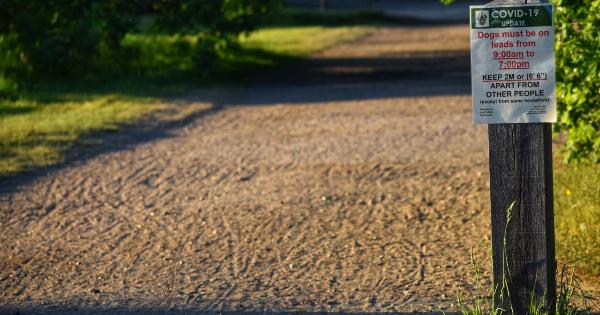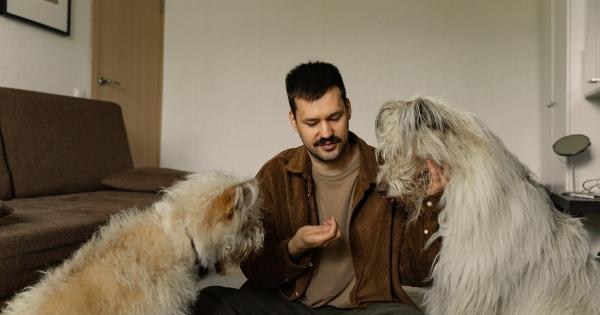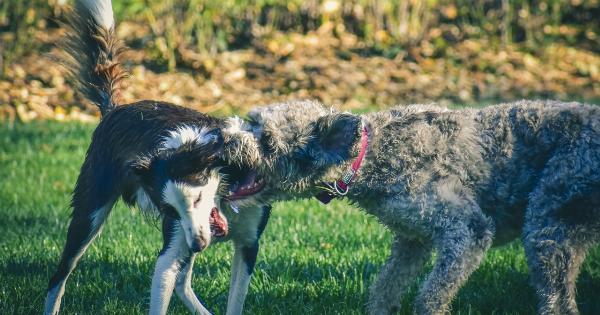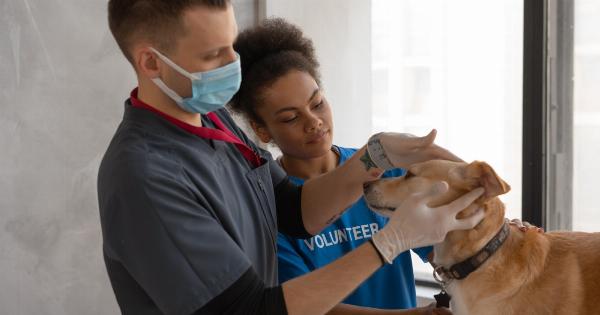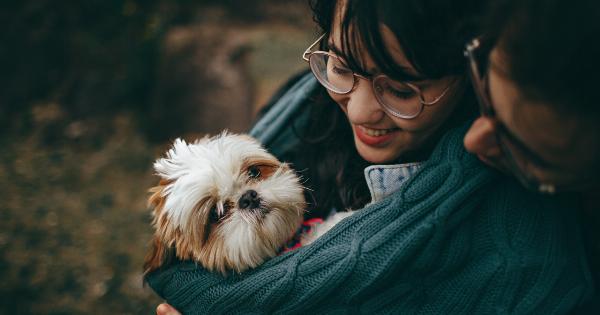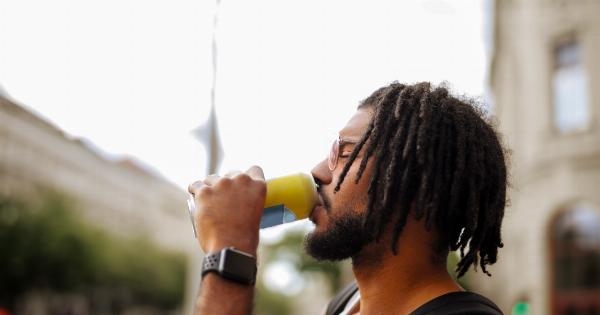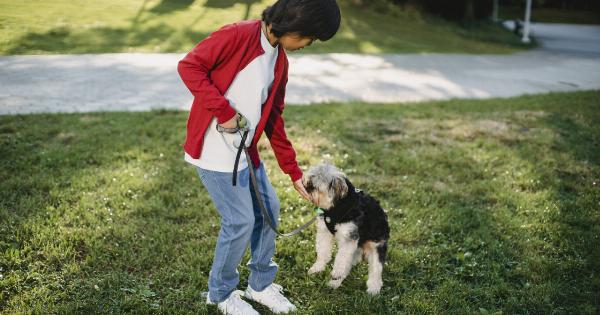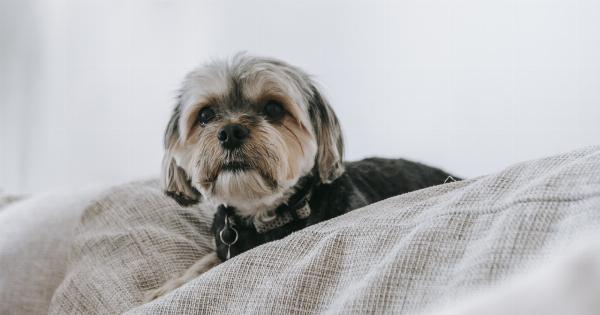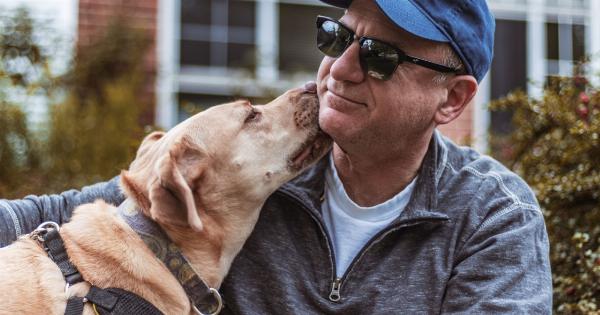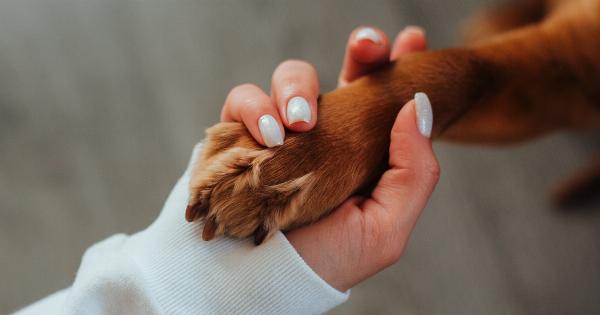Dogs are man’s best friend, but sometimes, they can get into fights. Whether it’s because of food, toys, or territory, dogs might display aggressive behavior towards each other.
As a responsible pet owner, it’s important to understand the reasons behind dog altercations and how to prevent them from happening. In this article, we’ll explore how to recognize aggressive behavior in dogs, how to break up a fight, and how to avoid dog altercations altogether.
Recognizing Aggressive Behavior in Dogs
Aggressive behavior in dogs can manifest in different ways. Some dogs might growl or bark when they feel threatened, while others might attack without warning. Here are some signs to look out for:.
- Bared teeth
- Stiff body
- Pinned ears
- Growling
- Barking
- Raised hackles
- Snarling
- Lunging
If you notice any of these signs, it’s best to separate the dogs before they escalate into a full-blown fight.
Breaking Up a Fight
If two dogs are already fighting, the best thing to do is to separate them as quickly as possible. However, it’s important to do so safely, as even the friendliest dogs can become aggressive when in fight mode.
Here are some tips on how to break up a fight:.
- Make a loud noise: Clap your hands, bang a pot or pan, or use an air horn to distract the dogs and get their attention.
- Use a barrier: If you have one available, use a physical barrier to separate the dogs. This can be a large piece of cardboard, a blanket, or even a piece of furniture.
- Grab the dogs by the hind legs: This might seem counterintuitive, but grabbing the dogs by their hind legs can help you separate them without getting bitten.
- Spray water: Use a spray bottle or hose to spray water on the dogs’ faces, as this can help stop the fight.
Avoiding Dog Altercations
The best way to handle dog altercations is to avoid them altogether. Here are some tips on how to prevent your dog from getting into fights:.
- Neuter/Spay your dog: Intact dogs are more likely to display aggressive behavior than neutered/spayed dogs. Make sure to get your dog neutered or spayed as soon as possible.
- Train your dog: Basic obedience training can go a long way in preventing dog altercations. Teach your dog basic commands such as sit, stay, and come.
- Monitor your dog’s behavior: Pay attention to your dog’s body language and behavior. If you notice any signs of aggression, separate your dog from the other dogs.
- Socialize your dog: Make sure your dog is well-socialized with other dogs and people. Take them to obedience classes, dog parks, or other social events.
- Don’t leave your dog unsupervised: Always supervise your dog when they’re around other dogs, especially if you don’t know the other dog(s).
Conclusion
Dog altercations can be scary and dangerous, both for the dogs and their owners. However, with some understanding and preventative measures, they can be avoided altogether.
Make sure to recognize the signs of aggressive behavior, know how to break up a fight safely, and take steps to prevent dog altercations from happening in the first place. Remember, the safety of your dog and other dogs is in your hands.



